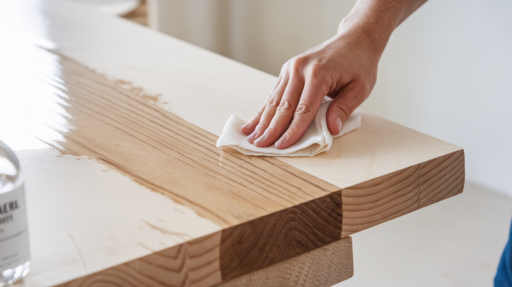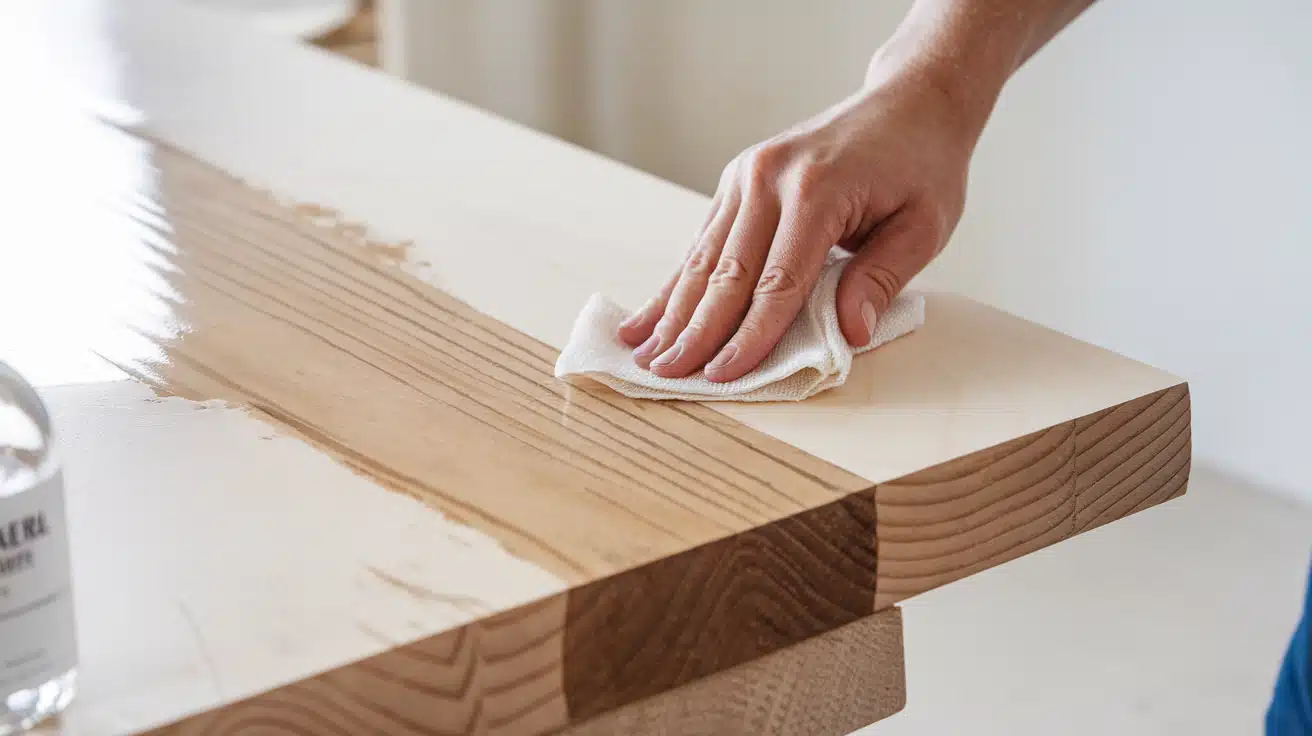Wood finishing can be tricky. Many DIY enthusiasts struggle to get the perfect finish on their projects. Are you tired of subpar results? We have good news.
Mineral spirits might be the secret weapon you’ve been looking for. This common solvent can help you achieve smooth, professional-looking wood surfaces. This guide will show you how to use mineral spirits effectively.
You’ll learn proper application techniques, safety measures, and tips for achieving results. By the end, you’ll know to take your woodworking skills to new heights.
Ready to transform your next project? Let’s explore the world of mineral spirits together.
What Are Mineral Spirits?
Mineral spirits are a type of solvent commonly used in woodworking. They are a clear, colorless liquid derived from petroleum, and their primary function is to clean and prepare wood surfaces before finishing.
They play an essential role in woodworking because they help reveal the natural grain and texture of the wood. This allows woodworkers to assess the surface and make necessary adjustments before applying stains, varnishes, or protective coatings.
Mineral spirits are used to wet the surface temporarily when preparing wood. This process brings out the grain, which is crucial for deciding about sanding or other pre-finishing steps.
Since mineral spirits evaporate quickly, they do not leave any residue, making them a safe and effective choice for wood preparation. The ability to preview how the wood will look under a finish helps woodworkers ensure a more polished and refined result.
Benefits of Using Mineral Spirits for Wood Finishing
Mineral spirits offer several advantages during the wood-finishing process.
1. One key benefit is that they temporarily highlight the wood’s natural grain and patterns. This allows woodworkers to clearly understand how the surface will look once a finish is applied. It’s especially useful for ensuring the wood is ready for the final coat, as it reveals imperfections that may need further sanding or attention.
2. Another advantage is that mineral spirits evaporate quickly, not affecting the final finish. They provide a tool for previewing the wood’s appearance and helping make more informed decisions before proceeding with stains or varnishes. Because they don’t leave any residue, mineral spirits make ensuring a smooth, consistent finish easier.
3. Lastly, mineral spirits are versatile and can be used on various types of wood. Whether you are working on a simple project or something more intricate, they allow you to see the wood’s full potential, making them a helpful tool for professionals and hobbyists.
Step-by-Step Guide: How to Use Mineral Spirits in Wood Finishing
Using mineral spirits is straightforward, but attention to detail is key to the best results. Below is a simple guide to help you use mineral spirits effectively in your woodworking projects.
Step 1: Gather Your Materials
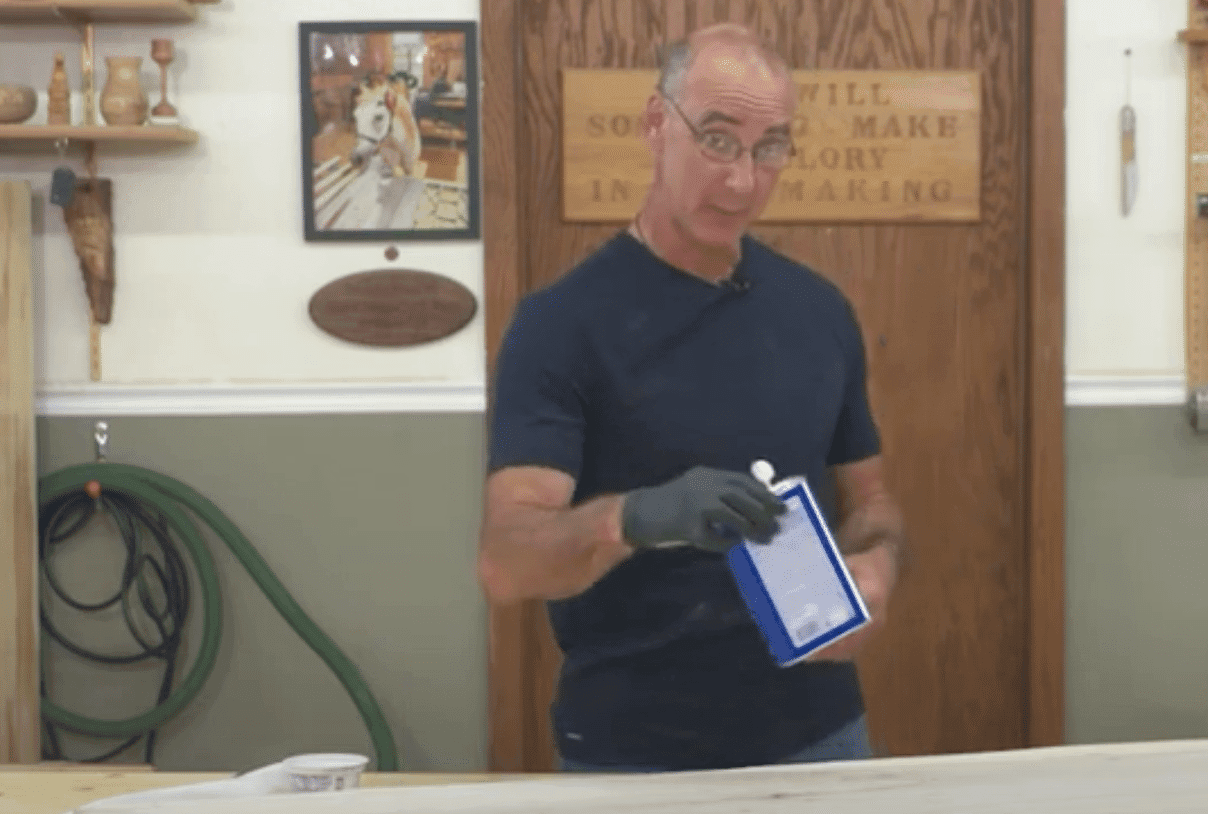
Before you begin, make sure you have everything you need. You’ll need mineral spirits, clean clothes, sandpaper, and protective gear like gloves and safety glasses. Ensure that your workspace is well-ventilated to prevent inhaling any fumes.
Step 2: Apply the Mineral Spirits
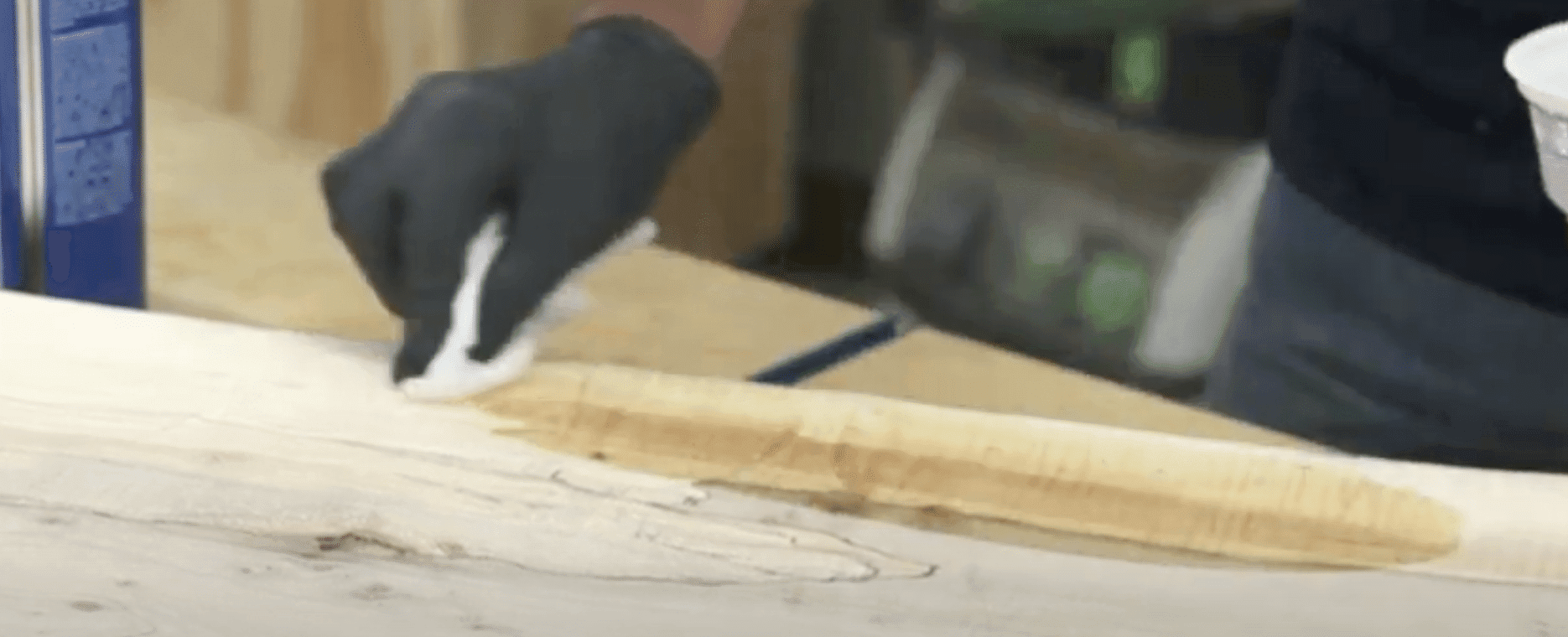
Pour a small amount of mineral spirits into a cup or container. Dampen a clean cloth with the spirits and gently wipe it across the wood surface. Focus on specific areas to see the grain and pattern more clearly. This will show you how the wood will look once a finish is applied.
Step 3: Observe the Wood
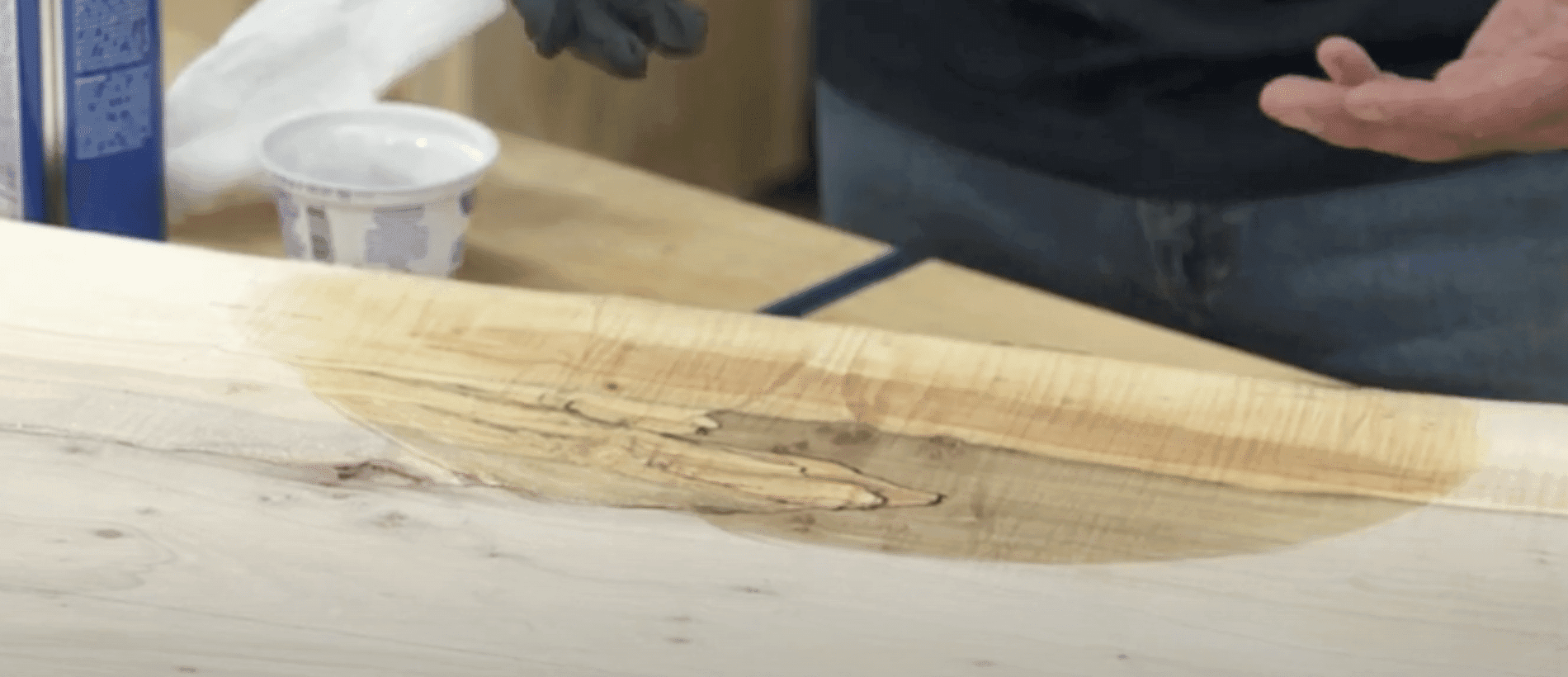
The wood temporarily darkens as the mineral spirits are applied, and the grain becomes more visible. This is where you can assess the wood’s appearance and identify areas requiring additional sanding or preparation.
Step 4: Let the Spirits Evaporate
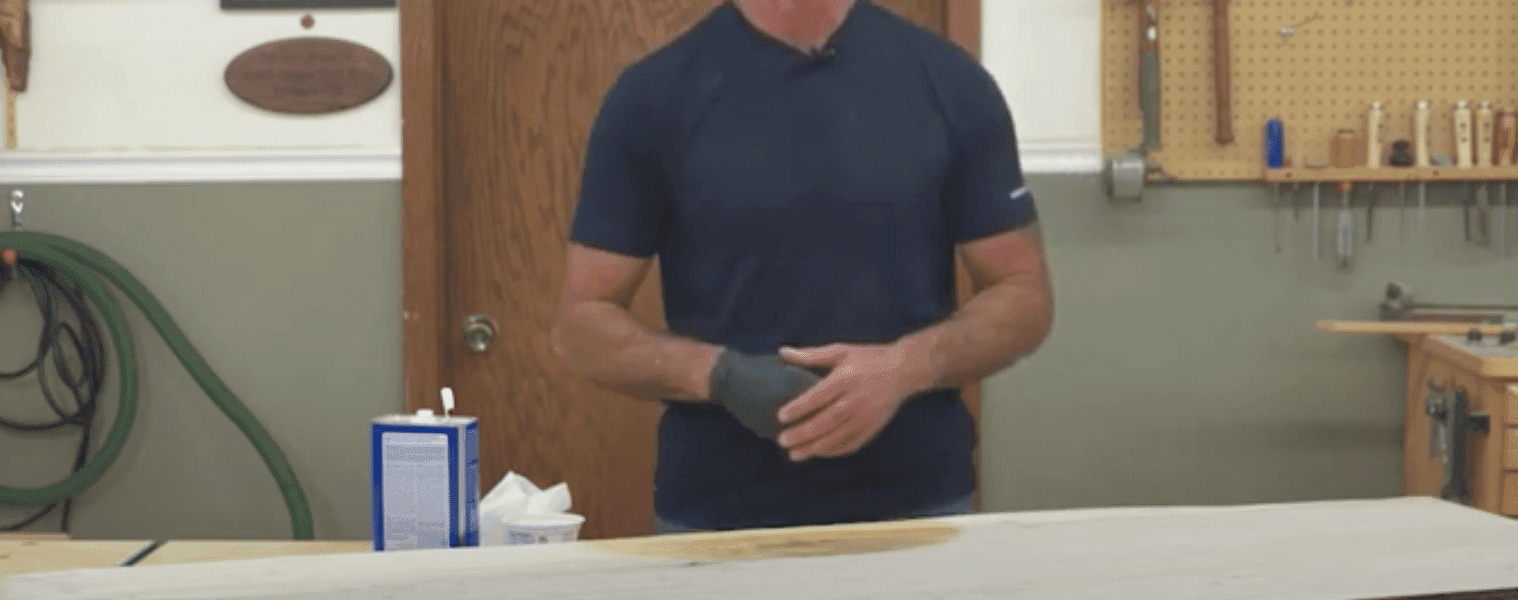
Once you’ve inspected the wood, allow the mineral spirits to evaporate; this usually happens quickly, leaving the wood dry and clean. Because mineral spirits do not leave residue behind, they won’t interfere with your finishing products.
Step 5: Sand and Finish
After the mineral spirits have dried, perform any necessary sanding to smooth out the wood. Once the wood is prepped, you can apply your desired stain, varnish, or protective coating, confident that the wood is ready for finishing.
Click here to see the full video tutorial.
When to Use Mineral Spirits in Woodworking
Mineral spirits are most effective during the preparation phase of woodworking, particularly when working on projects that involve staining, varnishing, or finishing.
They are best used after sanding the wood but before any finish is applied. This timing allows you to assess the wood’s surface and determine if further sanding or adjustments are needed.
Mineral spirits are also helpful when working with reclaimed or weathered wood. These types of wood can have uneven surfaces or hidden imperfections, and mineral spirits help reveal these issues so they can be addressed before finishing.
This makes them an essential tool for anyone aiming for a high-quality, professional-looking final product.
Additionally, if you’re working on a project for a client or trying to achieve a specific aesthetic, mineral spirits can preview the wood’s finished appearance. This can help guide decisions on which stains or finishes to use, ensuring that the result meets your expectations.
Common Mistakes to Avoid When Using Mineral Spirits
While mineral spirits are a useful tool in woodworking, some common mistakes should be avoided to ensure the best results.
Using Too Much
One of the most common mistakes is using excessive mineral spirits. You only need to lightly dampen the cloth lightly when applying it to the wood. Too much can lead to a longer drying time, creating uneven spots that can affect the sanding process.
Not Allowing Enough Drying Time
Another common mistake is not allowing the mineral spirits to evaporate before sanding or fully applying a finish.
While mineral spirits typically evaporate quickly, it’s important to wait until the surface is completely dry to avoid any issues with the finish not adhering properly.
Skipping Safety Precautions
Because mineral spirits can emit strong fumes, working in a well-ventilated area is essential. Neglecting to do so can result in inhaling harmful fumes. Additionally, forgetting to wear protective gloves can expose your skin to the chemicals, leading to irritation.
Applying Mineral Spirits Directly on Finished Surfaces
Avoid using mineral spirits on already-finished surfaces, as they can remove or damage the finish. They should only be used on raw wood during the preparation phase.
By being aware of these common pitfalls, you can ensure a smoother woodworking process and achieve better results when finishing your projects.
Conclusion
We’ve covered the essentials of using mineral spirits in wood finishing. This solvent can make a big difference in your projects. Remember always to put safety first when working with mineral spirits.
Use them in a well-ventilated area and wear protective gear. With practice, you’ll get better at applying mineral spirits to achieve smooth, clean surfaces. Don’t be afraid to experiment on scrap wood to perfect your technique.
Wood finishing is an art that takes time to master, but mineral spirits can help you get there faster. Keep exploring different methods and tools to enhance your woodworking skills.
Your future projects will thank you for the extra care and attention you’ve learned to give them through this tutorial.

